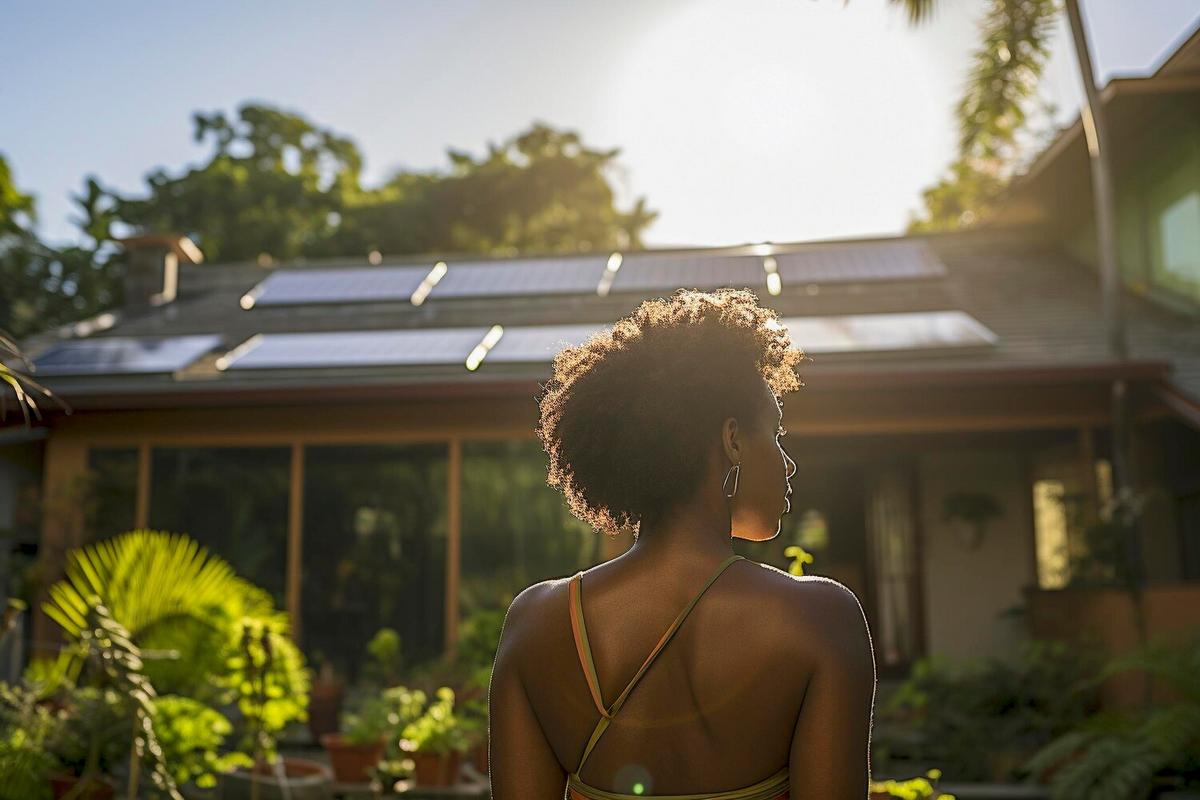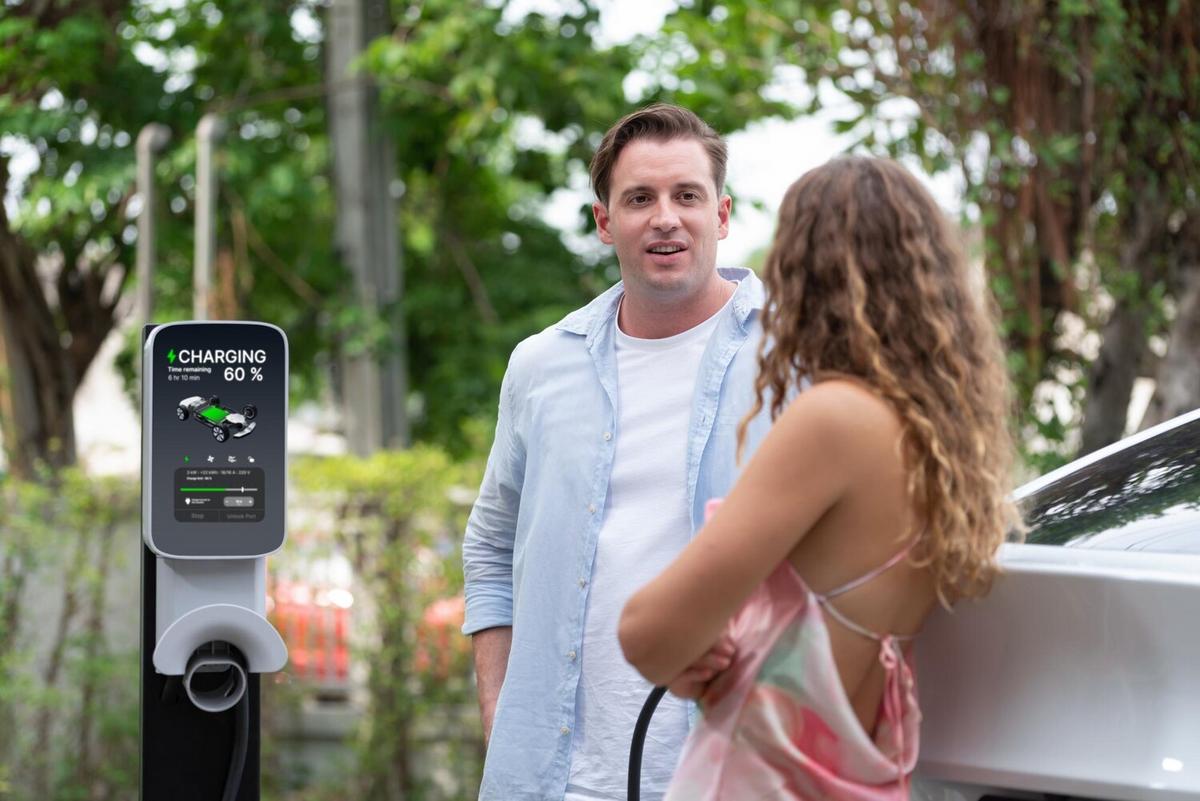
Living Off-Grid: Is it the Future of Sustainable Living?
Imagine a life where the hum of the city fades into the background, replaced by the rhythmic sounds of nature. Living off-grid is gaining traction as a sustainable lifestyle choice that promises independence and a reduced environmental footprint.
As the world grapples with climate change and resource depletion, off-grid living emerges as a compelling alternative. This lifestyle involves disconnecting from public utilities and generating your own energy, often through renewable sources like solar or wind power. It’s not just a trend but a shift towards sustainable living, and many are asking if it might be the future of eco-friendly living.
Understanding Off-Grid Living
Off-grid living encompasses more than just cutting ties with traditional utilities. It’s a holistic approach to self-sufficiency, involving water collection, waste management, and food production. According to the U.S. Energy Information Administration, the average American household uses about 877 kWh per month. By reducing dependency on fossil fuels, off-grid homes contribute significantly to decreasing this statistic.
Expert Insights
Environmental consultant Dr. Lisa Thompson suggests that “off-grid living encourages a more mindful use of resources.” She highlights that adopting such a lifestyle can significantly cut down carbon emissions. Furthermore, a study by the Renewable Energy Laboratory emphasizes that integrating solar panels into off-grid systems can reduce energy costs by up to 80%.
Personal Experiences
Take Alex, for instance, who transitioned to an off-grid lifestyle three years ago. “The initial setup was challenging,” he admits, “but the freedom and peace of mind I gained were worth it.” Alex’s journey reflects the growing community of individuals who find personal and environmental benefits in living off the grid.
Steps to Start Your Off-Grid Journey
- Assess Your Needs: Determine your energy, water, and food requirements.
- Research Renewable Energy: Explore solar, wind, or hydroelectric options that suit your location.
- Plan Your Water Source: Consider rainwater harvesting or wells for water independence.
- Invest in Energy Storage: Efficient batteries are crucial for storing energy.
Comparing On-Grid and Off-Grid Living
| Aspect | On-Grid Living | Off-Grid Living |
|---|---|---|
| Energy Source | Public utilities | Renewable energy systems |
| Cost | Monthly bills | Initial setup cost |
| Environmental Impact | Higher carbon footprint | Reduced carbon footprint |
| Independence | Dependent on grid | Self-sufficient |
| Reliability | Subject to outages | Depends on system maintenance |
| Flexibility | Limited | High |
| Community | Urban or suburban | Rural or remote |
| Lifestyle | Convenient | Intentional |
FAQs
Is off-grid living cost-effective?
While initial setup costs can be high, long-term savings on utility bills make it economical.
How do off-grid systems handle energy storage?
Most systems use batteries to store energy, ensuring a reliable power supply even when solar or wind resources are low.
Can I still access the internet off-grid?
Yes, many off-grid homes use satellite internet or local providers to stay connected.
Conclusion: A Sustainable Future
Off-grid living offers a pathway to a more sustainable and independent lifestyle. By embracing renewable energy and self-sufficiency, individuals can reduce their environmental impact and enjoy a unique sense of freedom. As the world moves towards eco-conscious choices, off-grid living stands out as a viable and attractive option for the future.


